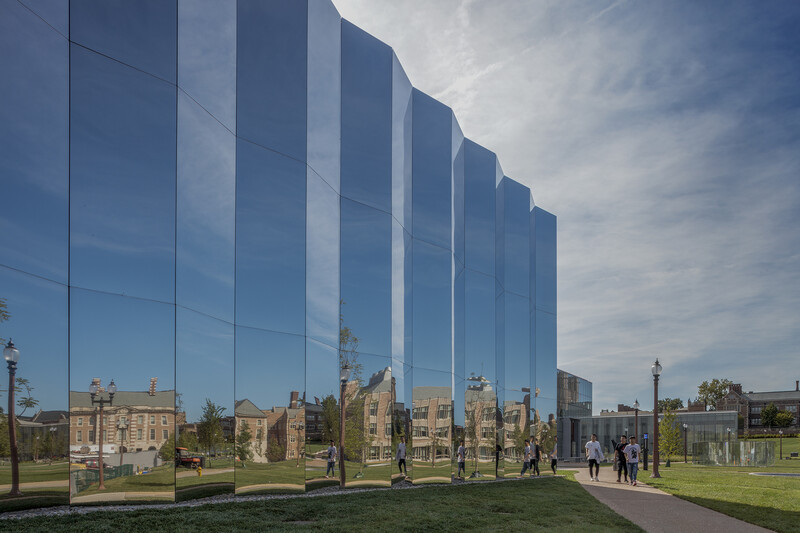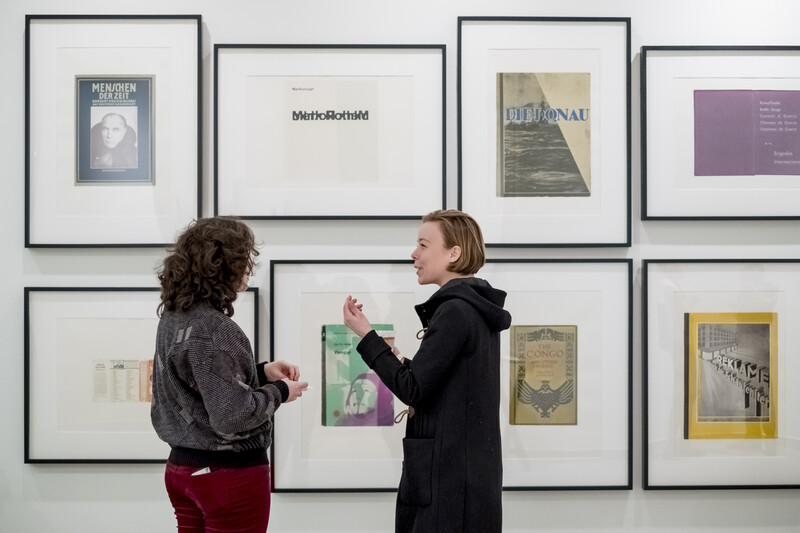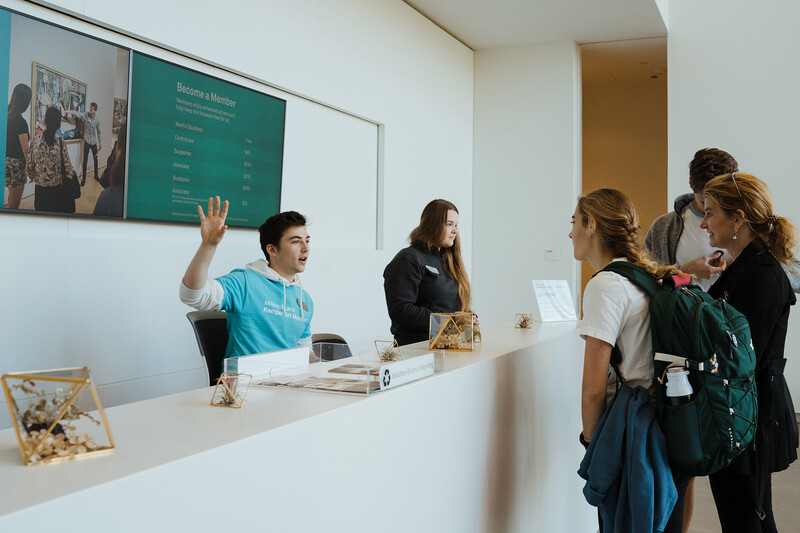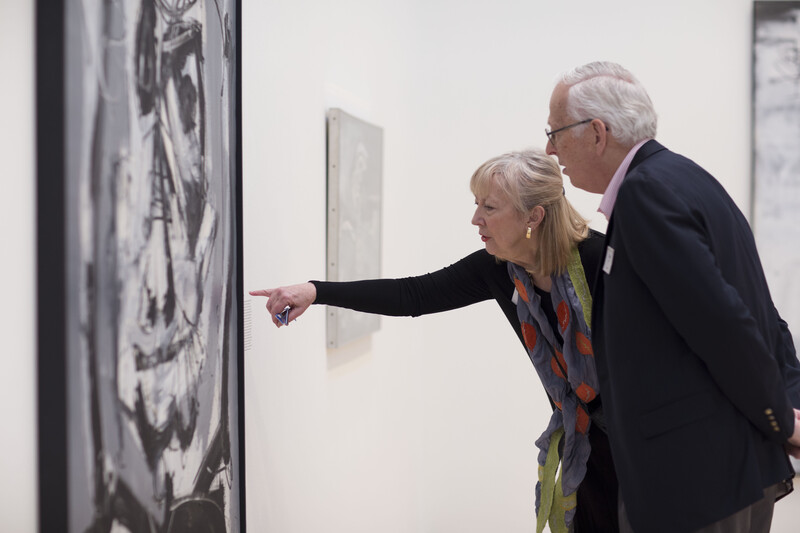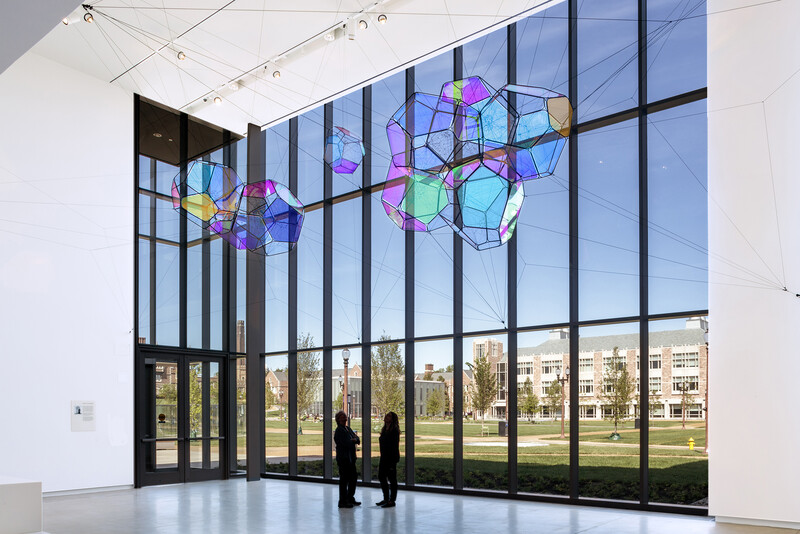About
The Mildred Lane Kemper Art Museum, part of the Sam Fox School of Design & Visual Arts at Washington University in St. Louis, is one of the nation’s leading university art museums. As a teaching museum within a major research university, it serves as a center of cultural and intellectual life on campus and in St. Louis.
Its mission is to collect significant modern and contemporary art and preserve its collection for current and future generations; provide excellence in art historical research, exhibition, and object-based learning; and engage the campus population, its visitors and alumni, the St. Louis region, and the global art community.
